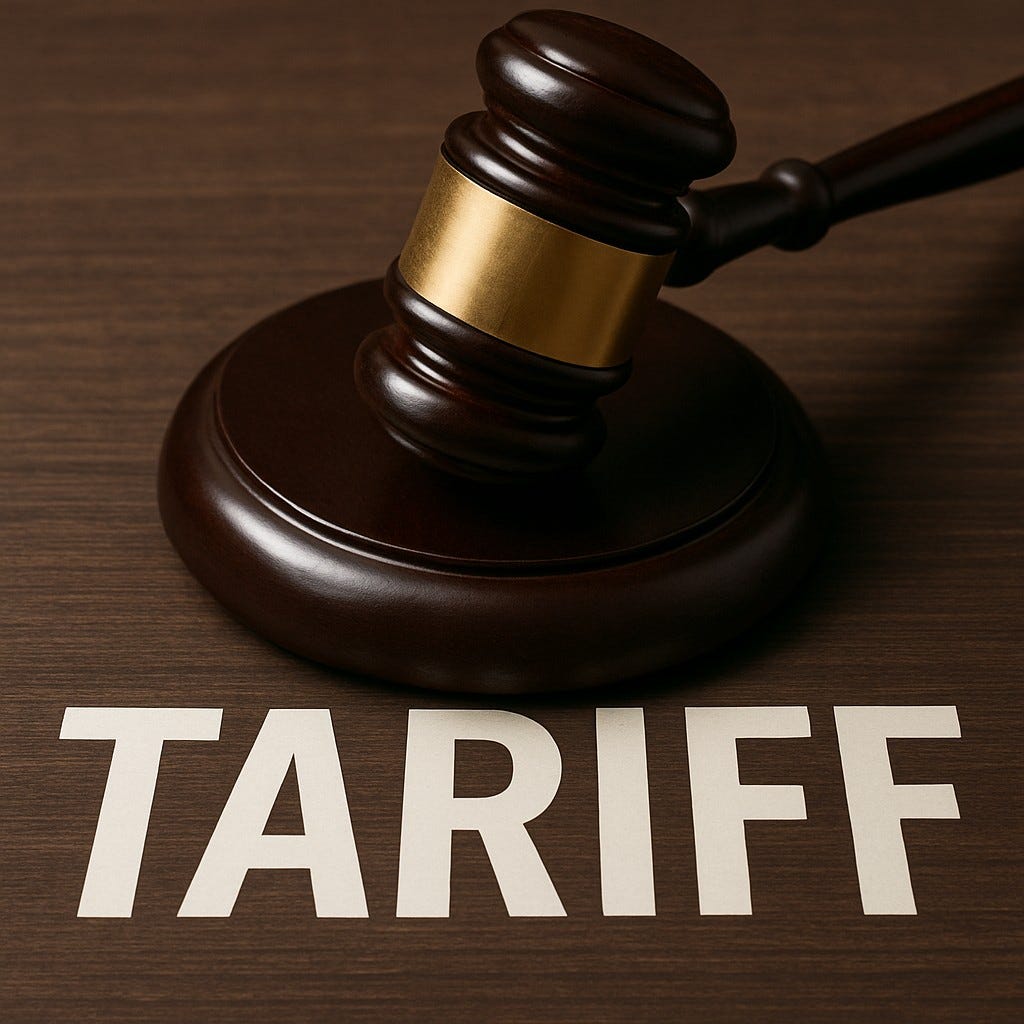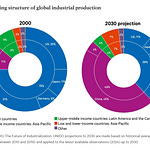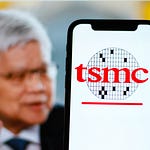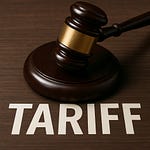A recent federal appeals court ruling has thrown the future of US trade policy into uncertainty, with a decision that could invalidate a significant portion of the tariffs imposed by the Trump administration. The ruling, which upholds a previous federal trade court decision, found that President Trump's use of the International Emergency Economic Powers Act (IEPA) to justify widespread tariffs was likely an overreach of executive authority. The court argued that the IEPA was not intended to be used for chronic trade deficits but rather for genuine national emergencies like war or major financial crises.
This legal challenge has far-reaching consequences, potentially forcing the US government to refund an estimated $159 billion in collected tariffs and significantly weakening a key negotiating tool used in international relations. The decision, issued on September 1, 2025, specifically applies to reciprocal tariffs of up to 50% and baseline tariffs of 10% that were imposed after April 2, 2025. However, it does not affect tariffs on steel and aluminum (Section 232) or the initial China tariffs (Section 301), which were based on different legal justifications. While President Donald Trump has stated he will appeal the ruling to the Supreme Court, the decision marks a critical check on presidential power in trade.
The On-the-Ground Impact for American Businesses
This legal drama unfolds as American companies operating in China are already grappling with the tangible effects of current trade policies. Recent surveys from the U.S.-China Business Council (USCBC) and AmCham China show that tariffs and US-China relations have become top concerns for businesses. The USCBC survey, for example, revealed that tariffs jumped from the eighth most significant challenge to the second.
These tariffs are far from a minor inconvenience; they are a direct hit to the bottom line. The surveys indicate that both US tariffs and Chinese retaliatory tariffs are increasing costs and reducing revenue for most companies. A staggering 75% of respondents in the USCBC survey cited rising input costs for manufacturing in China, directly linking them to tariffs.
American companies are also losing their competitive edge. Over half of the surveyed businesses reported losing sales because Chinese customers were switching to non-US suppliers, in part due to the uncertainty created by the tariffs. In a particularly sharp finding, the number of companies losing sales due to Chinese retaliatory tariffs jumped 21 percentage points in just one year. This pressure is compounded by Chinese industrial policies that actively favor local competitors, with nearly 60% of US companies reporting that these policies are steering customers away from their products.
Adaptation, Not Abandonment
Despite these challenges, American companies are not abandoning China outright. Instead, they are adapting by strategically shifting their supply chains. Over a third of companies have scaled back planned investments in China, and fewer than half plan to invest this year, a sharp drop from 80% last year.
However, the dominant trend is not "reshoring" to the US. A key finding from the AmCham China survey is that none of their member companies reported moving production back to the US. Instead, companies are diversifying their operations globally in a process described as "de-risk.” The most popular destinations for these shifts are Southeast Asia (71%), India (41%), and Mexico (41%).
In the tech sector, companies are facing additional pressure from export controls. The Trump administration has been aggressive in revoking waivers that allowed companies like TSMC, Samsung, and Intel to ship critical equipment to their facilities in China. As a result, companies like TSMC are considering a potential 10% price hike on cutting-edge chips due to these restrictions. The fallout has led to a decline in market share for nearly 60% of companies affected by these export controls.
The Geopolitical Ripple Effect
The economic pressures and legal challenges are also accelerating geopolitical realignments. The recent imposition of a 50% tariff on India, for example, appears to have had an unintended consequence: pushing India closer to rivals of the US. Following the tariff, India’s Prime Minister Modi and China’s Xi Jinping had a surprisingly warm meeting, with Russia’s Putin also in attendance, at a military parade in Beijing. This was the first time Modi had visited China in seven years. This unexpected alignment highlights the risk that aggressive trade actions can inadvertently strengthen rival blocs and undermine efforts to build alliances.
The legal and economic turmoil leaves businesses and policymakers with a complicated puzzle to solve. If the Supreme Court upholds the appeals court's ruling and strikes down a major portion of the tariffs, will it bring stability for businesses to plan with more confidence? Or will an administration, finding its hands legally tied, simply look for new, less transparent ways to impose trade barriers, keeping businesses in a state of constant uncertainty?
The uncertainty now extends well beyond the courtroom. For U.S. companies, the question is whether this ruling will finally bring clarity to an era of unpredictable trade policies—or whether it simply shifts the battleground to new, less transparent measures. For policymakers, the decision is a reminder that overreach can backfire, limiting flexibility at precisely the moment when global competition is intensifying.
As the case heads toward the Supreme Court, the stakes are clear: billions of dollars in tariffs, the credibility of U.S. trade law, and America’s ability to wield economic power on the world stage. Whether this moment proves to be a turning point toward more stable rules—or the start of a deeper cycle of uncertainty—will depend as much on political choices as on legal outcomes.










